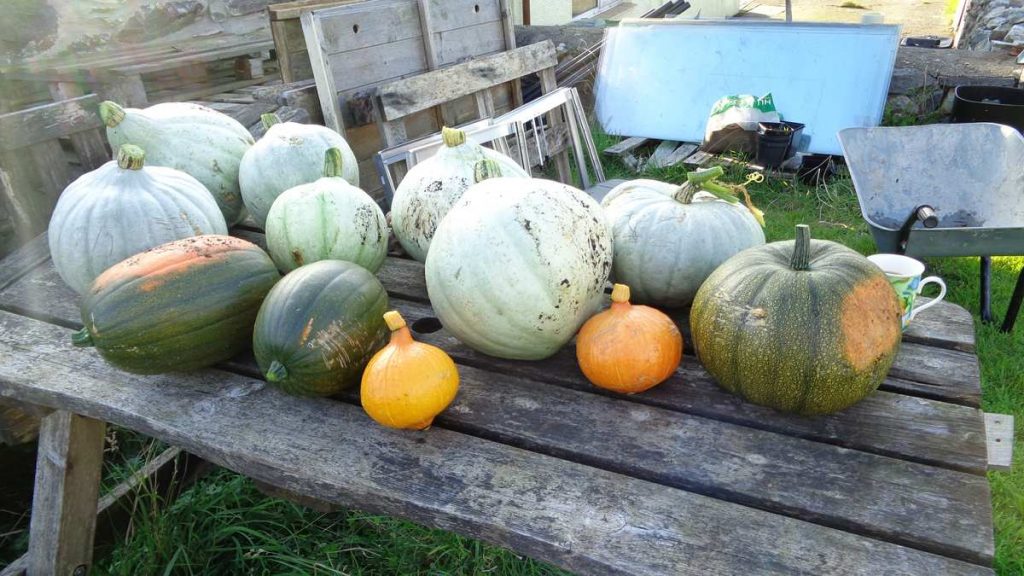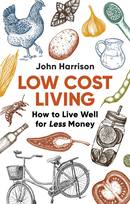Autumn can be a very busy time in the garden. You’ll be harvesting a bumper crop of vegetables that will make your diet healtier while allowing you to save on your expenses. However, you’ll also need to get the garden ready and protected against the onset of cold weather.
So, exactly how might you spend your time in your garden or allotment at this time of year?
Taking care of the plants
If you’re looking to keep seasonal plants later into the year, then you’ll need a means of protecting them against frost. This often means investing in a greenhouse, or in a flexible shelter like a polytunnel. Insulate your greenhouse at this time of year to keep the heat in for as long as possible – but be aware that you’ll still need sunlight to be able to get to where it’s needed.
Sowing
There are a whole range of vegetables that need to be sown at this time of year if they’re going to be ready for winter. These include things like winter lettuce. Toward the end of October is when you want to be getting your peas and broad beans into the ground, alongside any other overwintering crops. If you’re intending your crops to last through the winter, then make sure that you’ve done your research appropriately, and that they’re up to the challenge. If in doubt, go with what you know and keep a small plot for more experimental crops.
Harvesting
Famously, autumn is when you’ll be harvesting a huge amount of produce. Apples, cranberries, Brussels sprouts, chicories, squash, and – of course – pumpkins are all worthwhile. Get harvesting before the first frost arrives, otherwise you might risk losing all of your hard work.
If you’ve been fastidious in your record-keeping, then you’ll know exactly when harvesting is due, and you’ll avoid the risk of missing any plants. This may mean investing a bit of extra time earlier in the year, but the results are almost always worth the effort.
Eating
There’s no point in spending weeks and months cultivating vegetables if you don’t have the culinary skills to put them to good use. Pumpkin tends to go wonderfully in pie, but it can equally work as a side to a range of hearty dishes. Generally speaking, you can’t go too far wrong by roasting these kinds of vegetables.
Make sure that you reserve pumpkin seeds and get them toasted and dried. You can sprinkle them onto salads and breakfasts throughout the year. Cabbage, broccoli and sprouts tend to work brilliantly in warm salads – steam them, roast them, and make sure that you’ve got a little bit of browning around the edges.
One of the best reasons to keep an allotment is the food that it’ll provide you. So, don’t neglect this vital part of the process!


